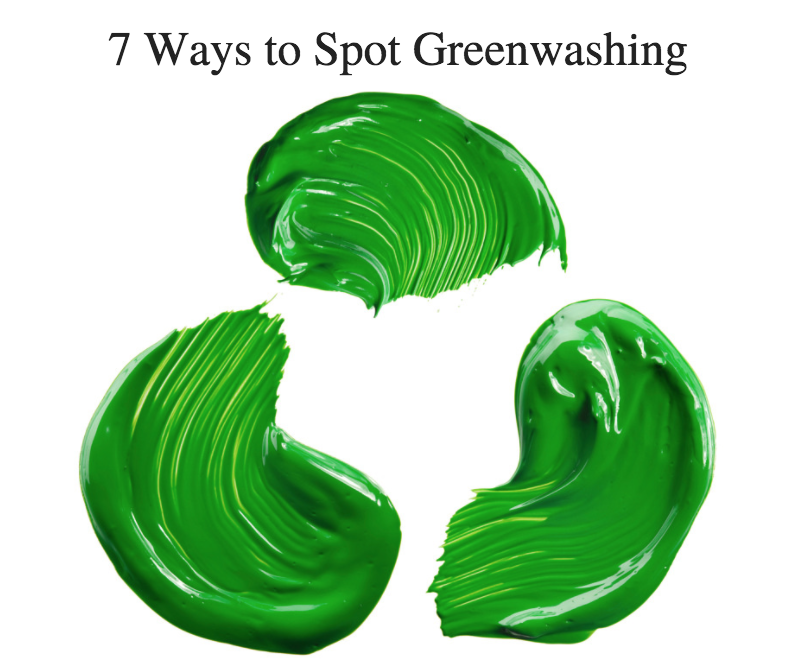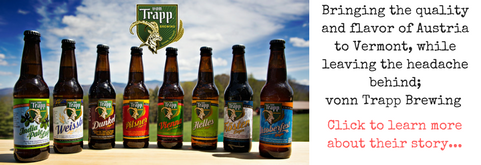7 Ways to Spot Greenwashing
According to the Greenwashing Index, greenwashing is when a company or organization spends more time and money claiming the be “green” through advertising and marketing than actually implementing business practices that minimize environmental impact. It’s essentially the same thing as whitewashing, which is a coordinated attempt to hide unpleasant facts, just with a green brush.
As being “green” is becoming more and more of a norm, companies are using the opportunity to claim they are green to improve their image and increase their sales. While the importance of being green is common knowledge, it is also beginning to become common to see fake “green” companies. This is an issue, however, because while companies are lying about being green, the companies who are actually green are losing credibility.
Here are 7 ways you can spot greenwashing:
- Vague or ‘fluffy’ language, using words with no clear meaning (ex. “eco-friendly”)
This may be one of the most basic, and definitely one of the oldest, tricks in the game. Just because a product is “natural” does not mean the product is green.The are specific certifications required to be green, and slapping “all natural” on your products does not cut it.
Example of a company claiming to have an all-natural product:
- Green products vs dirty company (ex. energy efficient light bulbs that are made in a factory that pollutes local rivers and uses child labour)
Although it may not be what you want to hear, sometimes you have to do a little research. If you are truly interested in going green, doing background research on the companies you are going to invest in shouldn’t be too much of a drag. Helpful hint: Try Googling the company’s name with “environment” and see what pops up.
- Irrelevant claims
Emphasizing one tiny green attribute when the rest of the product and how it is made is not ‘green’. This is a pretty common mistake made among the fakers. Just because one tiny portion of your product was created in a factory that also produces truly “green” products, it does not mean that your product or the process of creating it was “green.” It’s all or nothing in the green world.
Read now: Von Trapp Family & Beer
- Claiming to be the best in their class…
It’s not uncommon to see someone claiming to be the “best” or most “green” in their class. What you need to do is check their class. Chances are, the “best” of their class is still subpar.
- Does the product label include jargon or overly complex information?
One of the most common ways organizations try to trick their customers into thinking they are green is by using overly complex terms on their labels that only scientists would understand. Whether it's in the ingredients or the product description, green terms are easy to understand. If the product packaging has you scratching your head, put it down.
- Does their label offer proof?
A company may claim to be environmentally friendly, and even provide label statements claiming to be green, but, without evidence and a third party verification, it is not trustworthy and should not be considered true.
- Does the product label include fake seals of approval?
When companies lie about being environmentally friendly, they often do so by slapping a fake stamp of approval on their packages. It is meant to look like a third-party enforcement, but in reality it is just a fake seal.
In the end, you’re going to run into multiple fake “green” companies over time. The best thing you can do is educate yourself on what it truly means to be green, and how to spot those who are faking their way to the top. In order to learn more about greenwashing, check out the Greenwashing Index for more information.






Leave a Reply